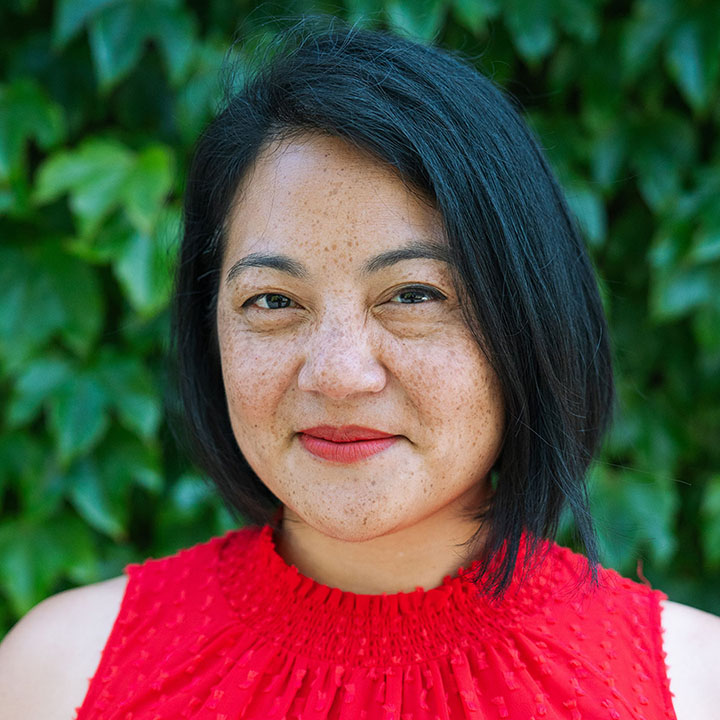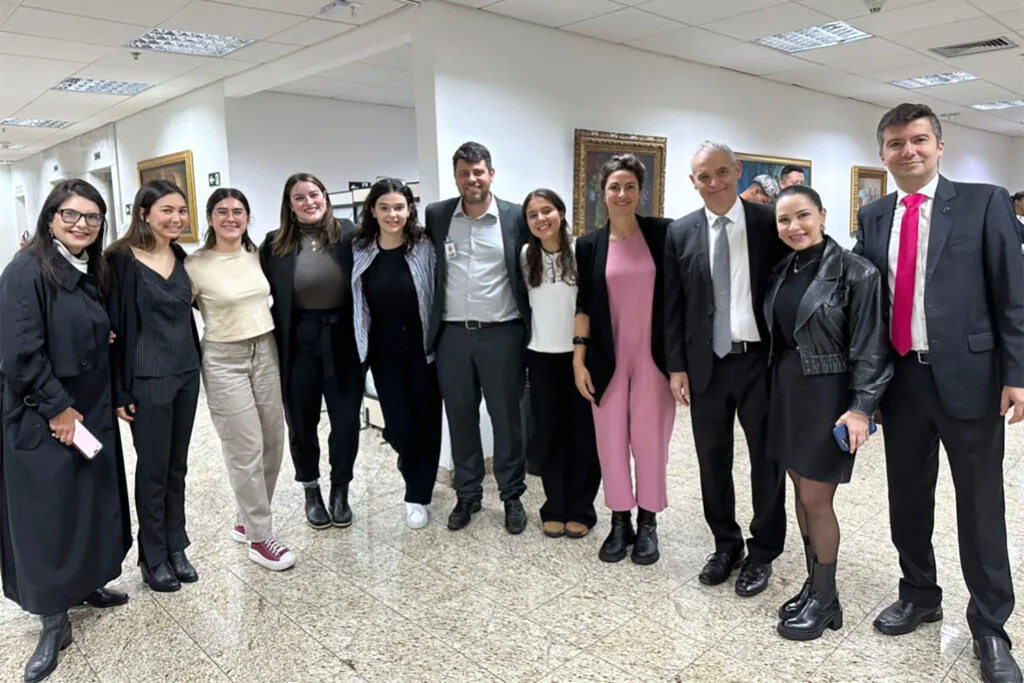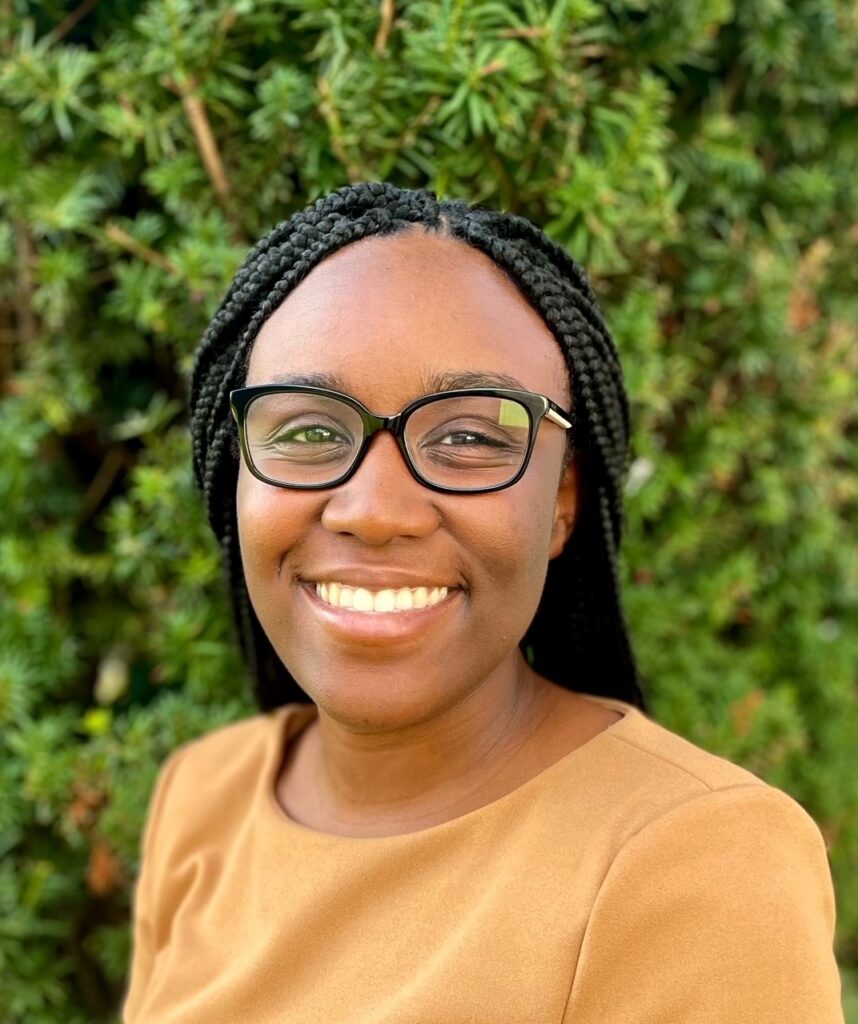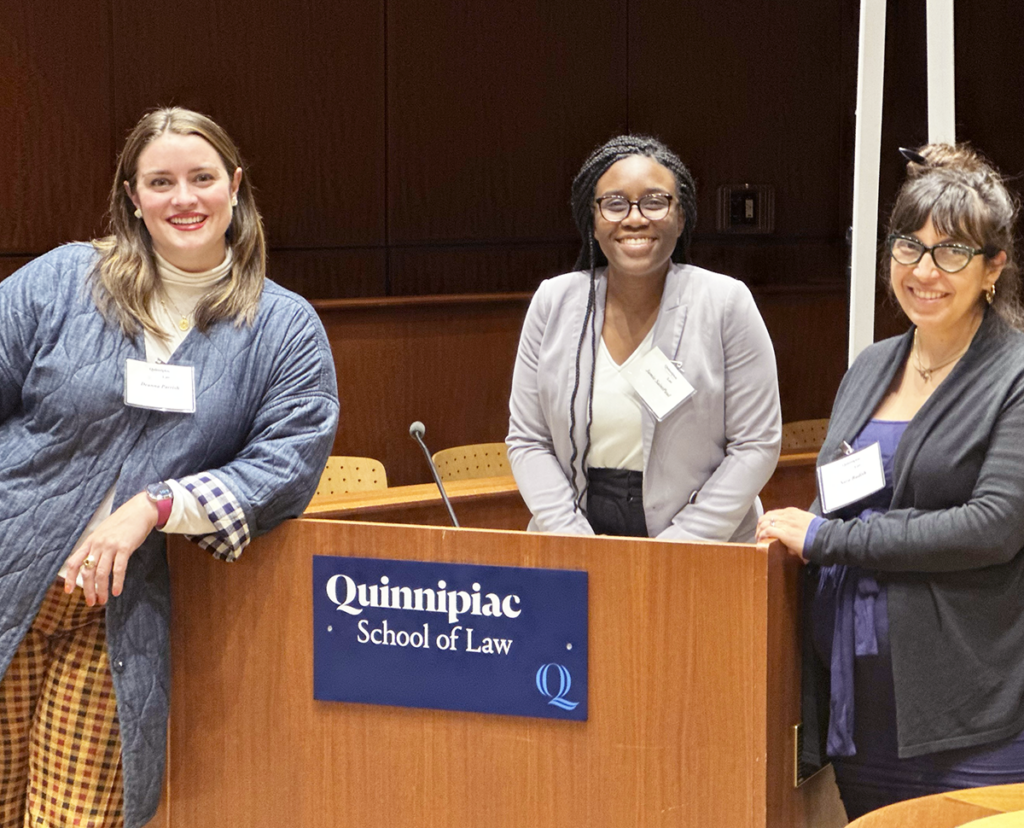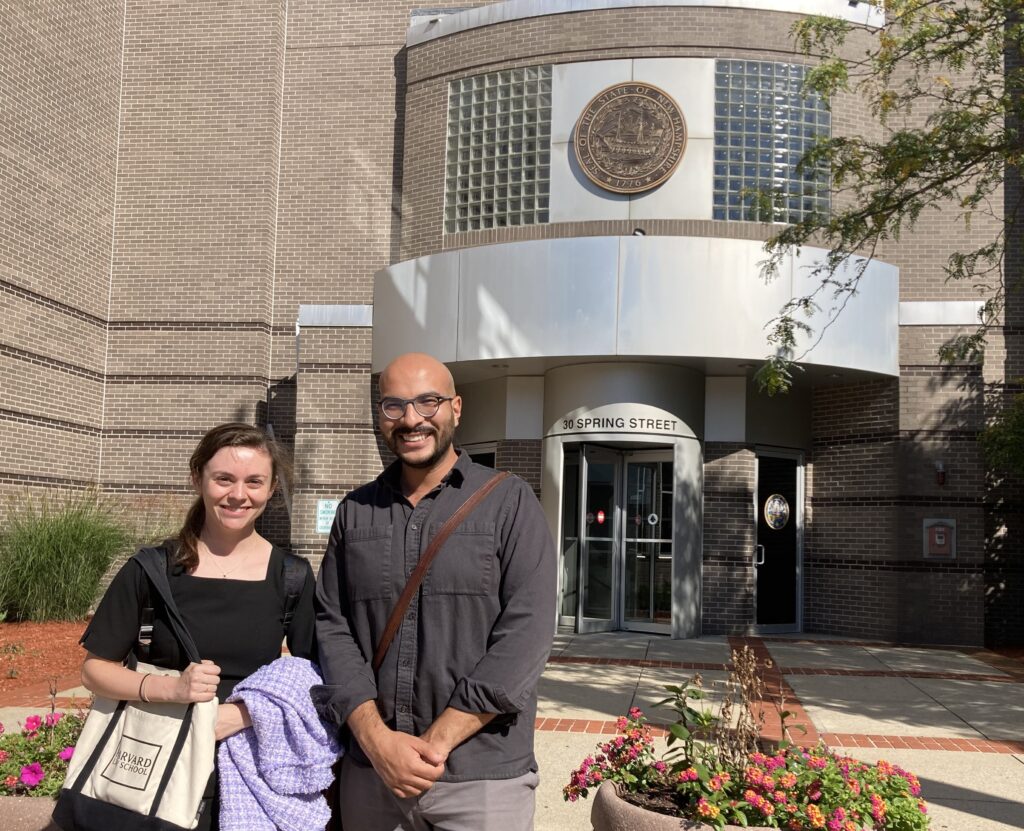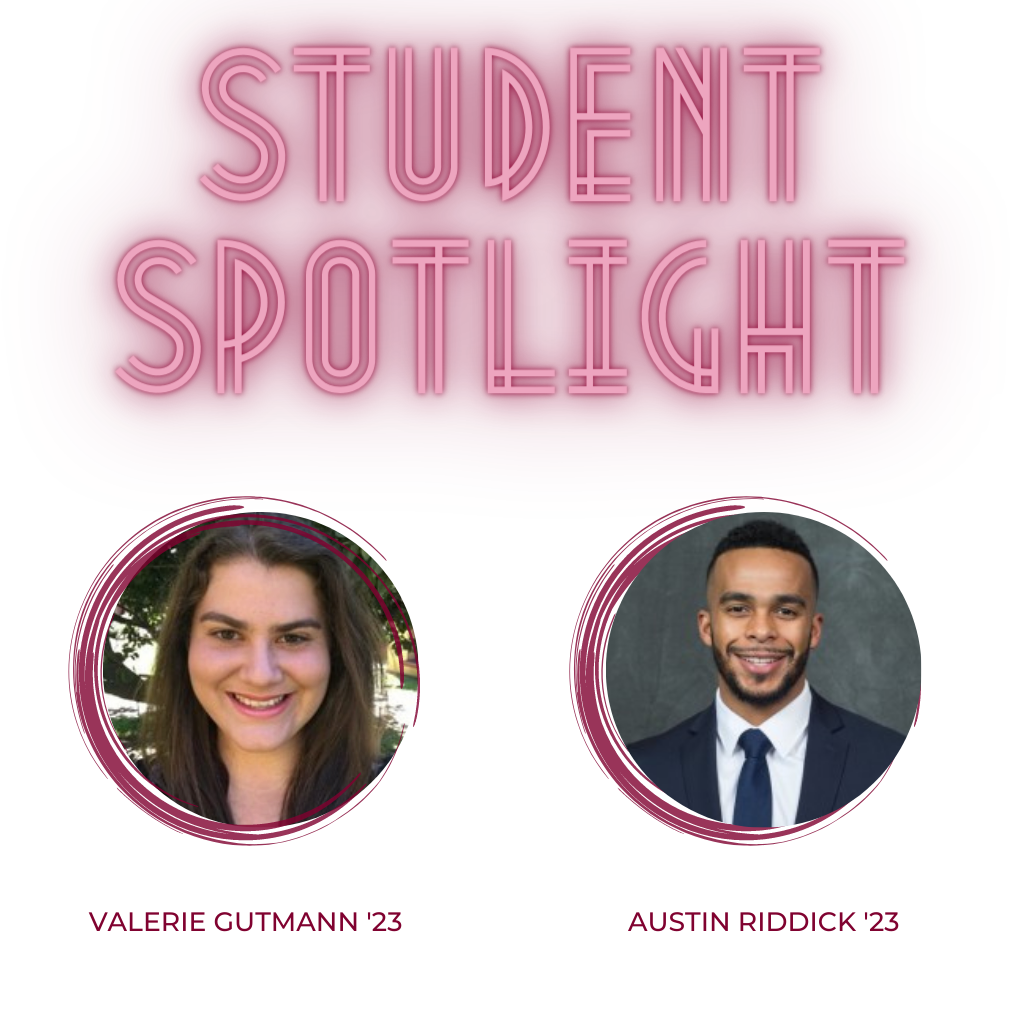Over the past 15 years, the Harvard Negotiation and Mediation Clinical Program (HNMCP) has worked with over a hundred client organizations. Within this group, the U.S. Office of Special Counsel (OSC) stands out as one of our longest continuous partnerships, with half a dozen projects spanning from spring 2012 through spring 2020.* In this client spotlight, we hear from Jane Juliano—chief of the Alternative Dispute Resolution Unit at OSC—reflecting on the experience of working with HNMCP as she expanded, evaluated, and iterated OSC’s program.
By Jane Juliano ʼ2009 HDS, ʼ2010 HKS
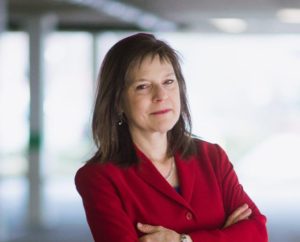 In the mid-2000s, after practicing for over a decade as a mediator, I wanted to pursue the persistent question I had around how lawyers and businesspeople effectuate (or not) their religious or spiritual values in everyday negotiations. How do people who become serious about the spiritual life apply their moral standards in everyday negotiations? So I came to Harvard University and joined the Masters in Theological Studies program at the Divinity School. During my time there, I met then-Director Robert Bordone and heard about the Harvard Negotiation and Mediation Clinic, still in its infancy. I was impressed with the Clinic’s broad view of dispute systems design (DSD), as well as its practical approach and innovative work. I believe dispute systems design is a critical process, one that many organizations overlook. I had myself conducted several DSD processes while in private practice, so I connected with HNMCP right away.
In the mid-2000s, after practicing for over a decade as a mediator, I wanted to pursue the persistent question I had around how lawyers and businesspeople effectuate (or not) their religious or spiritual values in everyday negotiations. How do people who become serious about the spiritual life apply their moral standards in everyday negotiations? So I came to Harvard University and joined the Masters in Theological Studies program at the Divinity School. During my time there, I met then-Director Robert Bordone and heard about the Harvard Negotiation and Mediation Clinic, still in its infancy. I was impressed with the Clinic’s broad view of dispute systems design (DSD), as well as its practical approach and innovative work. I believe dispute systems design is a critical process, one that many organizations overlook. I had myself conducted several DSD processes while in private practice, so I connected with HNMCP right away.
My education over the course of my career has been quite broad in scope. I have a J.D., and also a B.A. in Psychology, a Masters in Theological Studies, and a Masters of Public Administration. I have a lot of lenses that inform my ADR work and teaching and have particularly learned from social science, neuroscience of decision-making and emotion, communication theory, and, of course, negotiation research. Effective mediation of legal disputes requires a variety of skills.
Building the Relationship
In 2011 I started with a small Federal agency called the U.S. Office of Special Counsel (OSC); my directive was to re-start and expand their mediation program. OSC investigates and prosecutes violations of several laws. A primary mission is to “safeguard the merit system by protecting federal employees and applicants from prohibited personnel practices, especially reprisal for whistleblowing.” I had many questions about the work: Should we continue with the mediators we had? Which cases should we mediate? How should cases be referred from other OSC units to mediation? How should we structure the evaluation of completed mediations? With an eye towards expanding the alternative dispute resolution program at OSC, I needed to know what worked, what stakeholders wanted, and what was not working. I submitted a proposal to HNMCP and had two extremely dedicated students assigned to the project.* They conducted stakeholder interviews and identified several avenues to assess the program. In their final report, they provided recommendations to help us refine, organize, and improve OSC’s program that I was able to use right away. One product was a criteria list of when a case is good for mediation; I set up a task force with representatives from the OSC divisions involved and we refined the criteria list to one we still use today. At the beginning of OSC’s relationship with HNMCP, my focus was having some objective, outside help on basic process questions. Over the years that followed, we’ve continued to re-engage HNMCP when we again felt its informed perspective, combined with its ability to approach stakeholders as independent, confidential neutrals, would provide advice we could not generate on our own. HNMCP’s students expanded our small staff to have the person-power to engage in these assessments.
A good example is the evaluation project in the spring of 2018.* We were thinking through how to administer a post-process evaluation to mediation participants. We had already gathered a lot of information, analyzed the initial data, and decided that an online survey would be easier to administer. The HNMCP students on that project took all our existing data and conducted a thorough coding and analysis, consulted survey experts, and designed an online survey that obtained the feedback we desired. We have been using this survey ever since.
Working with Students
When I first started working with law school students, I anticipated that they would experience a difficult learning curve. I was concerned that the students wouldn’t have enough time in one semester to understand the rather complicated structure of the laws OSC works with, as well as the case routing, criteria, and processing for mediation. I also wondered how difficult it would be for some of the students who did not have experience in mediation to be able to analyze the discrete mediation strategy issues I was asking them to address.
In every case, however, the students were able to quickly grasp the environment and the theory involved. They were excellent at asking us questions about anything that was not apparent to them from the voluminous reading we had provided beforehand. Once they began to understand the system and the question presented in each project, I and other staff members could talk with the students at an advanced level about dispute resolution, negotiation theory and practice. This was especially fun for me—talking with the clinical students about their analysis and recommendations and attempting to find practical uses for study findings in our everyday work. I was surprised at how well these full-time law students were able to take on this complicated learning curve and conduct quality analyses, and enormously impressed with the professionalism and accomplishments of each team. I appreciated as well the quiet background support of the clinical instructors supervising each of the projects. They consistently stayed out of the limelight, but I could tell they were closely guiding the students, creating a laboratory for the students to learn and innovate, while shying away from the credit. I want to thank them here, along with the students.
ADR Online: Engaging with HNMCP during the pandemic
Our most recent project with HNMCP was in the spring of 2020.* We had already been thinking through various modalities for conducting mediation before the coronavirus pandemic and had engaged the Dispute Systems Design clinic to help us in that work when the school—and everyone!—shut down. Suddenly, the question presented became more urgent than ever.
The whole project was fascinating and gave us several useful data points. Because the students talked with stakeholders and were able to visit our office to observe us in mediation calls before the shut-down, they were able to make some subtle observations about how mediators influence process decisions, even when the mediators intend to give the parties the choice.
I did not know until I read the report from that project that many of our parties, as well as some mediators, were reluctant to use videoconferencing based upon perceptions that the technology would be too difficult to use. Because of the pandemic and the almost universal switch to internet-based videoconferencing, just about everyone has been willing to go through the learning curve and use platforms such as Zoom or Teams. Security of these platforms was the largest barrier, rather than the discomfort of users. The default modality for all our mediations is now videoconference. Staff are currently switching back to audio for internal office conversations after recently published research on “Zoom fatigue,” and at times a party participates in a pre-mediation call via audio if they are having trouble with video. But we’re prepared to work with them to be able to use their video during the actual mediation session.
When we return to our office space, we will need to reflect again on the question of in-person versus video mediations. Among my mediator colleagues who have been in the field for decades, there is agreement that by far the most effective mode of mediation is in person. Other modalities are used strategically, but rarely. OSC’s program has never had the funds to conduct universal in-person mediations, so we will likely combine in-person and video mediations as the world returns to life after the pandemic, and we’ll use the HNMCP recommendations to think through criteria for when each modality will be used.
Moving the Work of OSC Forward
We have acted on the recommendations from each of the six clinical projects. The products of the projects have ranged widely from guidance on a variety of basic questions in the early days of expanding the program, to deeper and more specialized recommendations around vexing issues in our pre-mediation process, surveys that have provided data I’ve reported out to agency leadership (including some we used to brief the Special Counsel before an appearance in front of a Congressional Committee), advice on website content to help user navigation, and even an informational video that we posted online and about which we have received many compliments.
Working with students also keeps us connected to basic mediation principles, purposes, and ethics. We get to think through how we provide value to everyone who is affected by our program: those who file complaints, those against whom the complaints are filed, those affected by tension others are experiencing in the workplace, special interest groups, staff members within OSC who are working to be as effective as possible in their role as investigators and others, and ultimately the Merit System Principles that guide our Federal Government workplace.
Working with the students over the course of six projects and nine years has enabled us to form a well-designed program that has helped many parties find a solution to their legal complaint filed with OSC. The students’ work has direct consequences in enabling our small group to provide quality services to the public. As the person tasked with establishing and overseeing a quality ADR program in a complex legal environment, the Clinic’s consulting projects have helped me to make wise choices, to be a strong leader, and to serve our stakeholders as well as possible.
Fall 2012 Project * Spring 2013 Project * Fall 2013 Project * Fall 2015 Project * Fall 2018 Project * Spring 2020 Project

